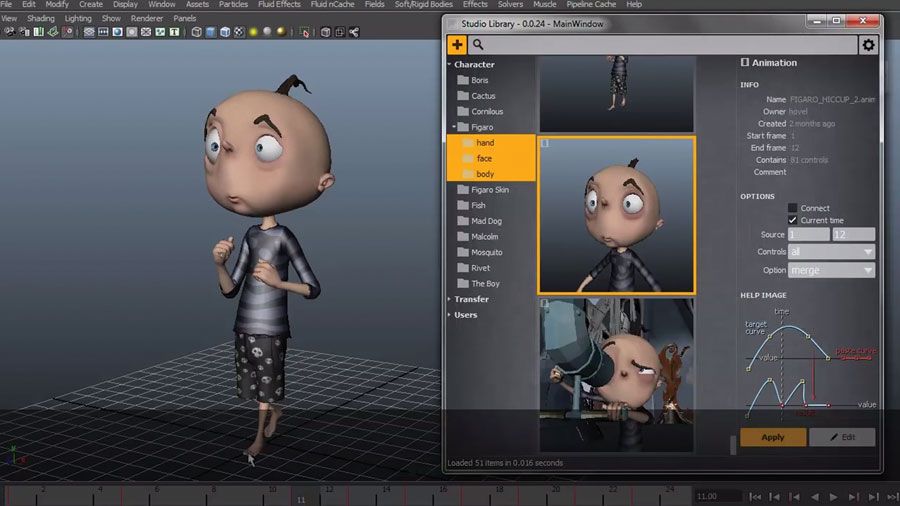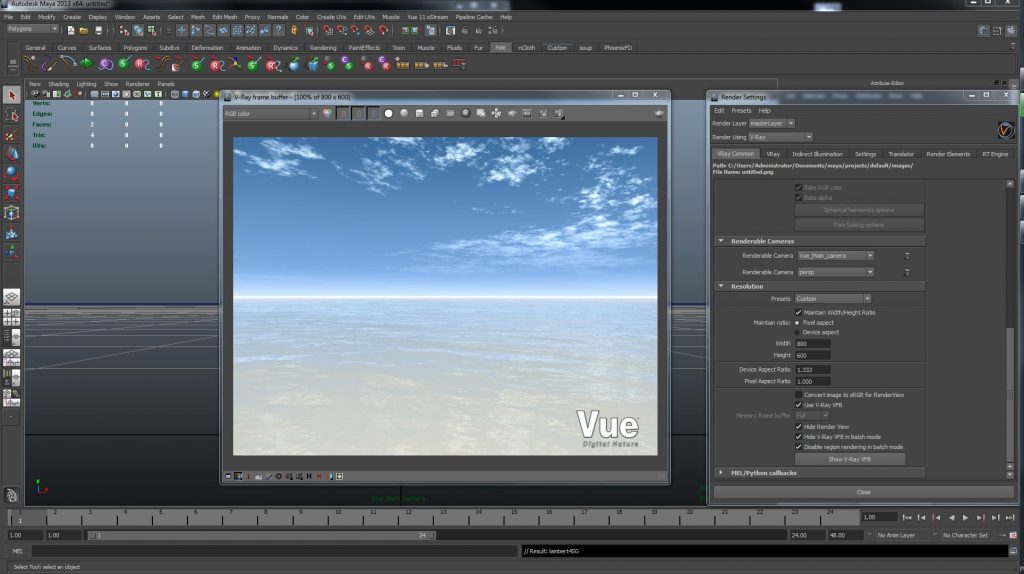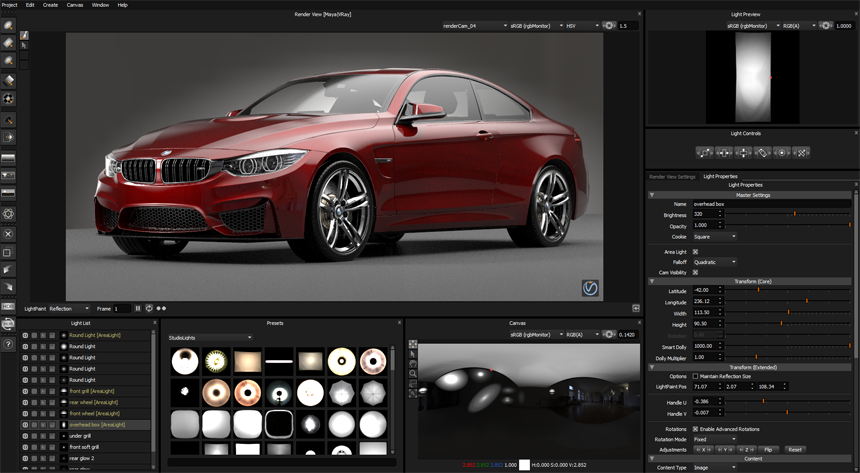Plugins for Maya are essential tools that help 3D artists and animators enhance their workflows by adding new features, capabilities, and efficiency to the software. In this ultimate guide, we will explore some of the best plugins for Maya in 2023, discuss their features, and provide guidance on how to choose the right ones for your needs. By integrating these powerful plugins into your Maya workflow, you can achieve stunning results and boost your productivity.
Benefits of Using Plugins for Maya
There are numerous advantages to using plugins for Maya. They enable users to:
- Extend the capabilities of the software by introducing new features and functions.
- Improve productivity and efficiency by automating repetitive tasks and streamlining workflows.
- Enhance creativity by offering advanced tools and options for modeling, animation, lighting, rendering, and more.
- Stay up-to-date with industry standards and trends, as many plugins are developed by experienced professionals and experts in the field.
- Customize the software to better suit individual needs, preferences, and project requirements.

The Must-Have Plugins for Maya in 2023
Here are some of the most popular and powerful plugins for Maya that you should consider using in 2023:
VUE
VUE is a versatile animation software that functions both as a standalone program and a Maya plugin. With a wide range of rendering tools at your disposal, including volumetric effects, terrain modeling, vegetation modeling, clouds, and atmospheres, VUE allows you to create and animate diverse 3D scenes with ease. The VUE plugin for Maya offers an array of lighting options for crafting realistic indoor and outdoor scenes, as well as a variety of complex shaders and two render engines (a CPU Ray-tracer and a hybrid GPU/CPU Path tracer).

HDR Light Studio
HDR Light Studio, developed by Lightmap, is a CG lighting tool that enables users to create custom HDR images for any renderer. Its user-friendly interface has made it a popular choice for professional 3D artists around the globe. When used in conjunction with Maya, this tool provides an intuitive lighting control system. The app allows for the setting of area lights and interactive control of both the HDRI map and set of area lights.

Carbon Scatter
Carbon Scatter, a scattering plugin developed by E-On Software, is designed to create vegetation in popular host applications such as Maya. Utilizing the Vue Solid growth and population engine, this plugin produces intricate and detailed populations and environments.
When used in conjunction with Maya, Carbon Scatter incorporates e-On’s patented EcoSystem™ algorithms, providing the capability to generate millions of 3D trees, plants, stones, and other objects. The plugin also includes an extensive library of 3D plants and trees to choose from.
MiArmy
MiArmy is a plugin that utilizes a Human Logic Engine to enable crowd simulations, creature physical simulations, AI, behavioral animation, and rendering. By using this plugin in conjunction with Maya, users can generate visually impressive VFX crowds that behave realistically. Rather than creating individual models, MiArmy allows for the creation of entire armies.
Keyshot
KeyShot for Maya is a plugin that allows users to import 3D scenes from Maya and render them in real-time using KeyShot’s advanced rendering capabilities. It preserves the object hierarchy, materials, and layers from the Maya scene, allowing users to make changes to the scene in Maya and have them update in real-time in KeyShot. Additionally, KeyShot for Maya supports rendering ZBrush sculpts, making it a versatile tool for 3D artists and designers. Its efficient workflow and high-quality output make it a popular choice for creating interior renders and product visualizations.
Pulldownit
Pulldownit is a powerful plugin designed for generating destruction effects, conducting extensive simulations with rigid bodies, and producing fragmented objects with sharp edges. One of its key features is Shatter IT, a pre-cutting tool that employs Voronoi-based algorithms to rapidly split a 3D model into hundreds of shards. Furthermore, Pulldownit includes Dynamics and Fracture solvers that allow for the fragmentation of brittle materials, such as stone or glass. With Pulldownit, users can easily adjust parameters, restart simulations from any frame, and enable animated objects or characters to interact with simulated objects.
Factors to Consider When Choosing Plugins for Maya
When selecting plugins for Maya, it’s essential to consider several factors to ensure that you choose the right tools for your specific needs. These factors include:
- Compatibility: Ensure that the plugin is compatible with your version of Maya and your operating system. Check the plugin’s documentation and requirements before purchasing or installing.
- Features: Evaluate the features and capabilities of the plugin to determine if it aligns with your needs and workflow. Look for tools that offer unique features or improved functionality compared to Maya’s built-in tools.
- Ease of use: Consider the learning curve and user-friendliness of the plugin. Plugins with intuitive interfaces and well-designed tools will allow you to integrate them into your workflow more quickly and efficiently.
- Support and updates: Choose plugins that are well-maintained, have active user communities; and receive regular updates to ensure that they stay relevant and compatible with future versions of Maya. Also, check if the plugin developer offers support in case you encounter issues or need assistance.
- Price: Compare the cost of the plugin with its features and benefits to determine if it provides good value for money. Consider your budget and prioritize plugins that offer the most significant impact on your work.
- Reviews and recommendations: Read reviews from other users and seek recommendations from industry professionals or peers. This will give you insights into the plugin’s performance, reliability, and usability.
How to Install and Manage Plugins for Maya
Installing and managing plugins for Maya is relatively simple. Follow these steps to ensure a smooth integration:
- Firstly, Download the plugin files from the developer’s website or a trusted source. Make sure to choose the correct version for your Maya installation.
- Secondly, Extract the plugin files (if necessary) and place them in the appropriate directory within your Maya installation folder. This is typically the “plug-ins” or “scripts” directory.
- Open Maya and navigate to the Plugin Manager (Window > Settings/Preferences > Plugin Manager). So, locate the plugin file (.mll or .py) and check the “Load” box to enable the plugin.
- Optionally, check the “Auto load” box to ensure that the plugin loads automatically every time you start Maya.
- Finally, access the plugin’s features through the appropriate menu, shelf, or toolbar within Maya.
3S Cloud Render Farm – Rendering Your Maya Projects
In addition to the powerful plugins for Maya mentioned throughout this guide, it’s crucial to have an efficient and reliable rendering solution to bring your creations to life. 3S Cloud Render Farm is a high-performance, cloud-based rendering service designed specifically for 3D artists and animators.
So, with its seamless integration into Maya, 3S Cloud Render Farm offers a cost-effective, scalable; and user-friendly solution to render your projects faster and more efficiently. By leveraging the power of 3S Cloud Render Farm, you can focus on creating stunning visuals and animations while leaving the rendering process to the experts.
Conclusion: Boost Your Productivity with Plugins for Maya
In conclusion, using plugins for Maya can significantly improve your 3D animation and modeling experience. So, by integrating the right combination of tools, you can streamline your workflow, enhance productivity, and achieve better results. With this ultimate guide to plugins for Maya, you now have a solid understanding of the top plugins available and how to choose, install, and manage them. Explore these powerful tools and elevate your 3D artistry to new heights.
